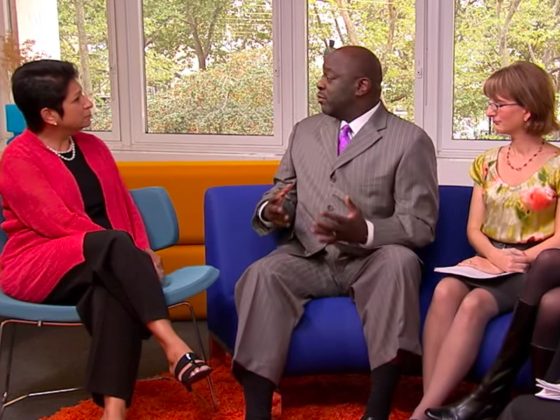
Recognizing Bullying
Learn to recognize the signs of bullying.
Watch the video together, then brainstorm examples you might share with families to help them recognize both bullying behaviors and reporting. You can use examples from your own experience (with names changed), or make some up. Write down your ideas, considering:
- What are some examples of teasing as a part of a typical relationship and what are some examples of teasing as bullying?
- What does it look like when name-calling becomes bullying?
- What is the difference between a child tattling and a child reporting bullying?
It can be more difficult to recognize bullying at young ages, and both parents and children will find it easier to take positive actions when they know exactly what to look for. Remind families that both bullied children and children doing the bullying themselves need help from the adults around them.
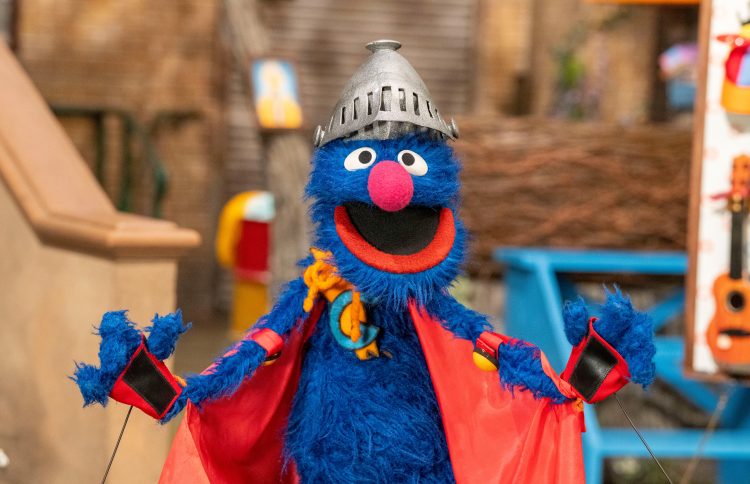
Watch and Play: Grover's Super Suitycase
Watch this episode and explore ways to extend the learning at home.
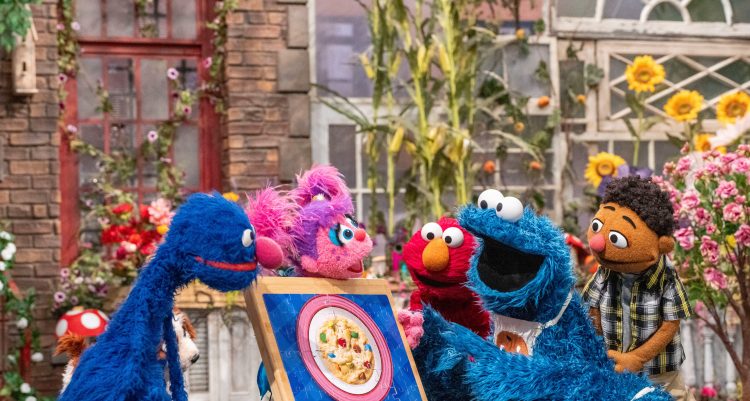
Watch and Play: Cookie Monster's Big Puzzle
Watch this episode and explore ways to extend the learning at home.
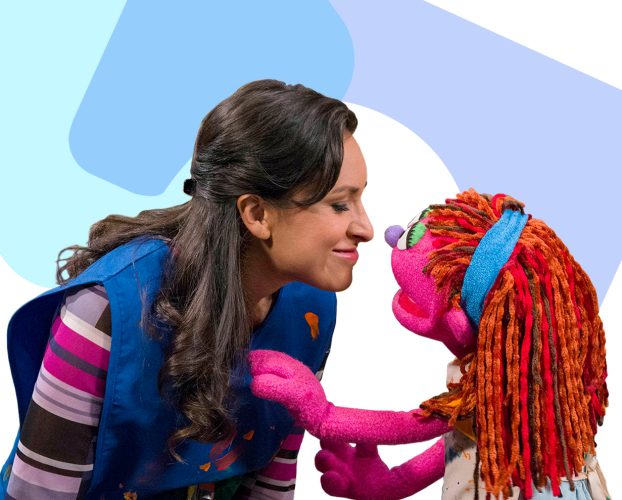
Creating Safety and a Sense of Home
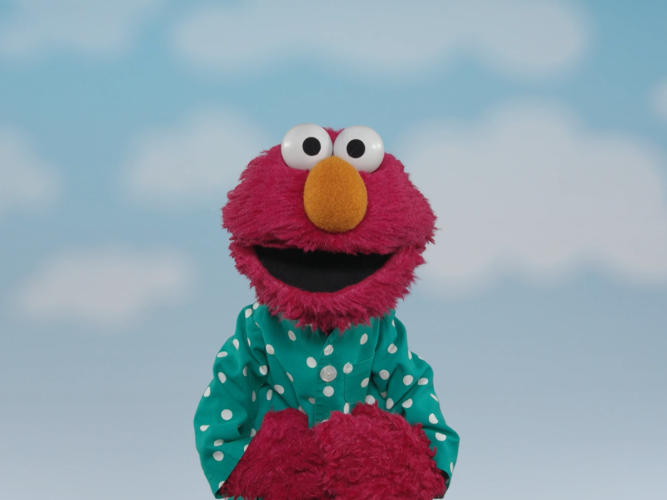
Listen, Feel, and See with Elmo
When children are in the hospital, this mindfulness game can help them soothe themselves.
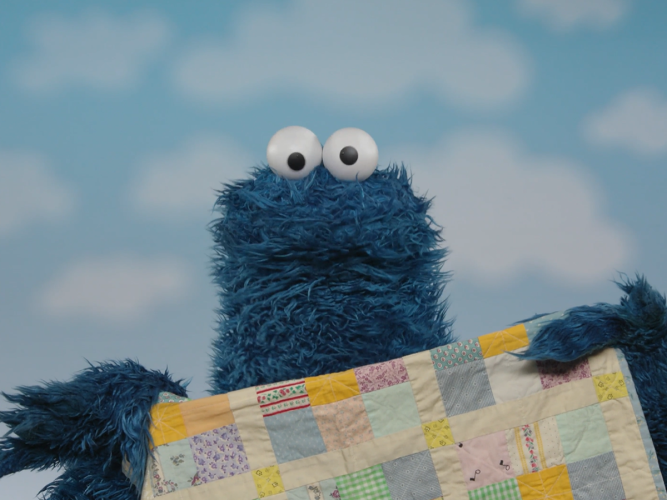
Cookie Monster’s Beach Day
When children are in the hospital, their imagination can become a valuable tool in soothing themselves.

Monster Meltdown
Meltdowns happen… but they are somewhat predictable! As you try to handle them, curiosity and patience go a long way.
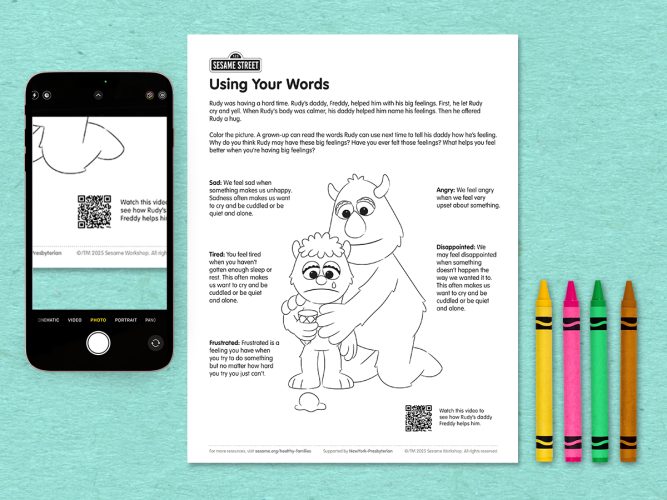
Using Your Words
A coloring page helping children explore words for big feelings.
